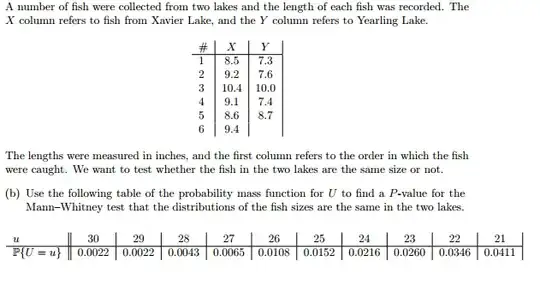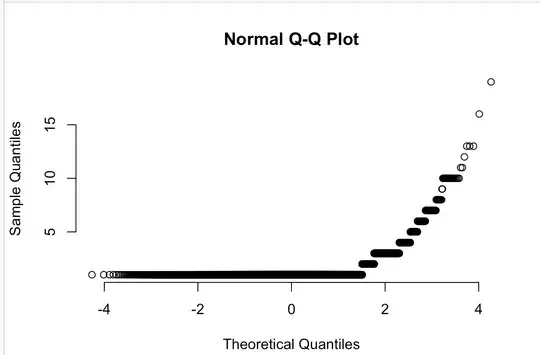 We have two independent samples, with skewed distribution from two different populations
We have two independent samples, with skewed distribution from two different populations x, and y. When we compute the summary for these numeric vectors,
we get following output,
summary(x)
Min. 1st Qu. Median Mean 3rd Qu. Max.
1.000 1.000 1.000 2.219 3.000 116.000
length(x)=25312
summary(y)
Min. 1st Qu. Median Mean 3rd Qu. Max.
1.000 1.000 1.000 1.129 1.000 19.000
length(y)=49832
As seen, they have equal sample medians with this data. But the intuition is that median for population1(from which sample x is taken) should be greater than median for population2(from which sample y is taken). Though sample medians are same, will it be worthwhile running Wilcoxon Ranksum test for this example? And, can I also get help with the syntax for one-sided Wilcoxon(in R). To be more precise, when we write
wilcox.test(x,y,alternative="greater",paired = FALSE)
Does this mean that median of x is greater than median of y or the other way around? Help is appreciated.
